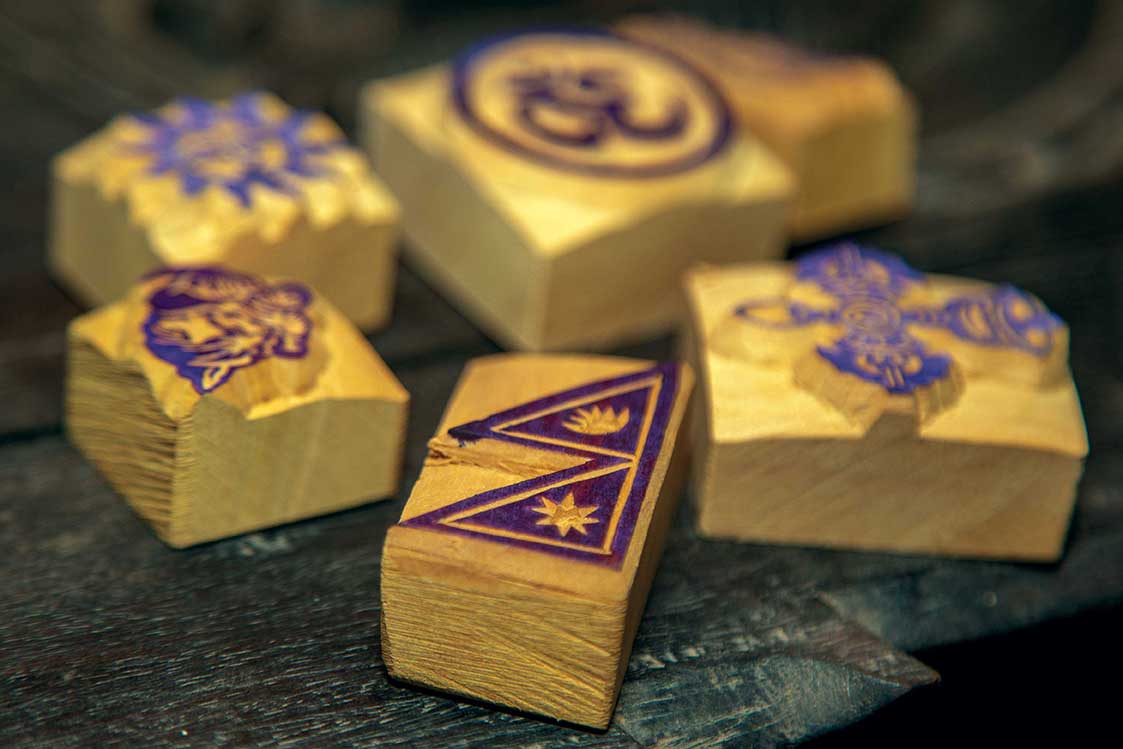
The Kathmandu valley, a miracle of fertility, opens out amid the grandeur of a mountain landscape. Here survives the priceless testimonial of Nepalese Culture expressing both the quest for an ideal and a remarkable history.
-Amadov-Mahtar M’Bow-Former Director-General , UNESCO
Kathmandu Durbar Square
Kathmandu valley is the main stronghold of Nepali culture and houses the most important works of art. The Royal families that ruled the valley for centuries patronized the arts and naturally some of the best works can be found within their palace walls. The palace complexes are a conglomeration of artistic endeavor. The Basantapur Durbar (durbar means palace) clearly reflects this.
The valley is also the cultural center and from an architectural point of view, Kathmandu valley may be considered an open museum. And rightly so, as the architectural, cultural and historical heritage found here is incomparable.
Basantapur Durbar
In the heart of the Kathmandu Durbar Square lies the magnificent Basantapur Durbar ( a part of the Hanuman Dhoka Palace )in all its grandeur. This durbar is also known as the Nautalle Durbar
(nine-storied palace) This palace building rises to a considerable height and dwarfs other monuments rising above the seven storied modern buildings near by. Its doors and window frames are superbly rendered artistry in wood and the unique craftsmanship radiates from this awe-inspiring structure. Built by King Prithvi Narayan Shah soon after his conquest of the valley in 1779, this dominant building was conctructed along with three other towers and some are of the opinion that they were gifts from the three neighboring cities of Kirtipur, Bhaktapur and Lalitpur (Patan).
Historians maintain that the craftsmen displayed their extraordinary skills while building the only pagoda styled residential palace complex in the valley. Indeed, when one sees the nine stories towering over the other buildings in the vicinity, one cannot help but marvel at the sheer magnificence. The massive window frames that lean out from the walls are exquisitely carved in an incredible variety of patterns. They represent a unique architectural design and the windows are massive. But one has to look from within the palace to fathom their size and to admire the brilliance of their craftsmanship. The lower struts of the Basantapur tower are also particularly fine, as are the other parts of the entire building. Interestingly enough, the struts on the second and third stories are elaborately designed with erotic motifs depicting animals and humans combined in amazing postures, something one would expect to see only in temples built around that period.
The Nautalle Durbar is today part of the much larger national museum that includes the Tribhuvan Museum and Birendra Museum. An interesting part of the display is the collection of tools and bricks that were used during the construction of the original palace. Much of the valley’s monuments were destroyed partially or completely by the great earthquake of 1934. Most of them were however, restored painstakingly and retain much of their original beauty.
The Nautalle Durbar is the section of the Hanuman Dhoka Palace that you see directly in front of you while walking out of Freak Street heading towards New Road via Basantapur. A tour of this palace is a unique experience. The staircase is narrow and steep and walking to the top is quite a task. The windows stretch outwards and one realizes that they are quite a feat of engineering. The load of wood must exert a tremendous amount of pressure on the structure. When you eventually climb up this palace to see for yourself, don’t forget to ascend all the way to the topmost floor. There, the windows open out in all directions and the scenic view is awesome—a magnificent sight to behold.
Open: Tues to Sat: 10 am – 5pm Entrance Fee:Nepalis NRs 10/- Foreigners- NRs 250-









